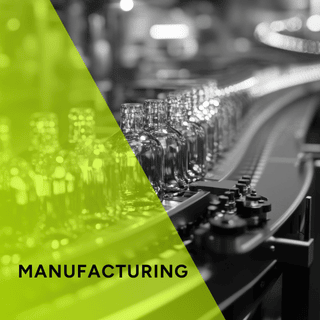Formula 1 has always been a showcase of speed, skill and cutting-edge engineering. However, the car themselves, they’ve undergone a radical transformation from cigar-shaped rockets in the 1950s to today’s hybrid powered, AI-assisted machines. Let’s take a ride through time and explore how aerodynamics, materials and safety have reshaped the sport.
1950s – 1960s: When Racing Was Raw
Back then, F1 cars were front-engine beasts with exposed wheels and little regard for downforce. Drivers wore leather caps and safety was more of a suggestion than a standard.
• Aerodynamics? Almost non-existent.
• Materials: Steel frames and aluminium panels.
• Safety: No seatbelts, no crash barriers, and tragically, frequent fatalities.
It was a time of fearless drivers and brutal consequences.
1970s–1980s: The Downforce Era
Enter the age of wings and ground effect. Engineers discovered that shaping the car’s underside could suck it to the track, boosting grip and cornering speed.
• Aerodynamics: Wings, spoilers, and underbody tunnels.
• Materials: Lighter alloys and early composites.
• Safety: Fireproof suits, better helmets, and the birth of medical response teams.
This era was wild, experimental, and often dangerous but it laid the groundwork for modern F1.
1900s – 2000s: Intelligence Meets Innovation
Carbon fiber became king, replacing metal with ultra-light, ultra-strong materials. Electronics exploded onto the scene, giving teams real-time data and control.
• Aerodynamics: Refined with wind tunnels and CFD simulations.
• Materials: Full carbon monocoques and advanced composites.
• Safety: Cockpit survival cells, HANS devices, and crash testing.
F1 cars became smarter, safer, and faster — and the sport began to resemble the high-tech spectacle we know today.
2010s – 2020s: Hybrid Power and Halo Protection
The modern F1 car is a hybrid marvel. Since 2014, turbocharged V6 engines work alongside energy recovery systems to deliver speed with sustainability.
• Aerodynamics: Sculpted wings, bargeboards, and ultra-efficient airflow.
• Materials: Space-age composites and heat-resistant alloys.
• Safety: The Halo device, biometric gloves, and crash sensors.
Today’s cars are safer than ever and still blisteringly fast.
What’s Next?
F1 is pushing toward net-zero carbon by 2030. Expect sustainable fuels, smarter AI-driven strategy and maybe even fully electric race cars someday. The journey from raw steel to intelligent hybrids shows how F1 isn’t just about racing, it’s about relentless innovation.







